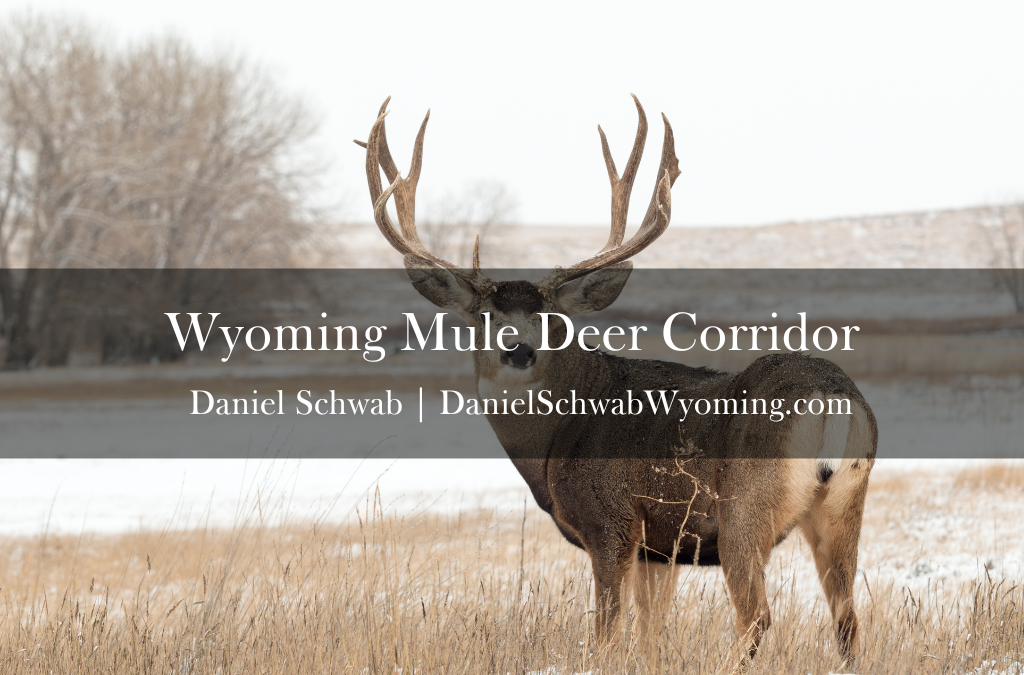Wyoming has a Mule Deer migration pathway, known as the Mule Corridor. Each
year, thousands of deer take this 150-mile journey. Unfortunately, the corridor has
been affected by private land developments. As a result, landowners want to
conserve their land.
It is common for private land to intersect the mule’s migratory paths. Land
developers’ activities can barricade this passage making it more difficult for the
deer. Encouraging the landowners to conserve their land creates a preserved
and protected migratory path while improving the ecosystem’s overall health.
Numerous governmental bodies, non-government organizations, and
conservationists incentivize these conservation efforts. They offer programs that
provide financial and legal assistance and tax benefits. The purpose of these efforts
is to benefit landowners and wildlife by maintaining the land’s agricultural,
recreational, and ecological values.
Educating landowners about the environmental significance of the Mule Corridor is
crucial. Achieving this might involve workshops, symposiums, and access to
information about the migration pattern, benefits to regional biodiversity, and the
importance of sustainable land usage.
Additionally, establishing conservation easements can ensure legal protection for
the corridor. They allow land usage that supports the migration while preserving
the owner’s rights. These voluntary agreements restrict the size and type of
development, preserving the land’s key features supporting the wildlife.
Mule Corridor conservation reflects a peaceful interaction between humans and
nature, demonstrating the power of community-driven conservation efforts.
Through legal protection, education, and incentives, private landowners can play a
key role in preserving the Mule Deer migration in Wyoming.


